“Brands need to build mobile marketing maturity to keep pace with connected consumersâ€
Ever since the pandemic started, people have been spending more time on their computers, phones, and tablets, which has resulted in change in user behaviour which in turn has been the reason for successful search advertising. In response to the significant shift in browsing and searching habits of individuals, businesses have begun to invest more heavily in search advertising.
As a digital medium, search advertising has seen consistent development in India, accounting for roughly 25% of digital media spending. In addition to achieving their bigger business goals, several businesses have already begun using search advertising to develop a better customer journey and target the proper demographic.
In an conversation with Adgully, Vasuta Agarwal, SVP and Managing Director for Asia Pacific at InMobi, speaks at length about how there has been a massive expansion in mobile advertising over the past one year, how brands are leveraging momentum during festive seasons and much more.
SCREENXX Awards 2021 Last Date for nomination of Digital Video Content and OTT Platform.. - Monday, September 20, 2021 - ENTRIES OPEN
How do you view the mobile advertising ecosystem in India, what is this industry currently valued at and what are some of the growth projections in the coming one or two years?
India has seen mobile successfully take over all the other mediums and become the primary device which witnesses maximum consumption. This means that apps are where connected consumers engage and spend most of their time on, a key factor for companies while deciding their advertisements.
There’s been a massive expansion for mobile advertising over the past year or more, and every brand is adopting mobile programmatic to identify, engage, and acquire their core target audience in the connected world.
How does the mobile-first economy work? How are businesses being strongly impacted by this?
India has one of the largest Internet user bases in the world, which is only set to increase rapidly in the coming years. According to the 2021 Mobile Marketing Handbook, the pandemic has accelerated the growth of the country towards digital equality, with India contributing to 25% of all new Internet users across the globe. The monthly active Internet user base in India is estimated to have reached 734 million by the end of 2020, registering an annual growth of 11%. 95% of this internet user base – urban or rural – accesses it using the mobile and 90% of that time is spent on apps. With all the time spent on mobile, India witnessed northwards of 11 GB data consumption per user per month, which is a 30 per cent spike in usage, advancing data consumption forward by two to three years. Coupled with this, the India smartphone market saw record shipments of 54.3 million units in the September quarter of 2020 even as markets like China and the US witnessed a year-on-year decline during the same period. This has provided the infrastructure for a mobile-first consumer economy.
The clear demand for mobile-first services from consumers also laid the foundations for India’s app economy, with several of India’s largest legacy brands also wagering on the power of the always-on medium. The last decade and especially last year, was witness to the phenomenal growth and proliferation of the app ecosystem – categories such as shopping and delivery of grocery, daily essentials and food have completely changed channels, points of sale and consumer preference. Similarly, categories such as health and fitness, entertainment, gaming, and learning and education have completely gone virtual. The only way for brands to keep pace with the connected consumer is to build mobile marketing maturity.
How are brands leveraging momentum during the sports season?
Sports have a huge following among a broad cross-section of the population, making an impact on millions of individuals throughout the world. What has changed is how mobile apps are now central to watching live matches, following scores and commentary, or searching and discovering the latest content related to it.
One of the interesting ways that we have seen cricket being leveraged is how Sprite helps young India hit “Refresh” during the first phase of IPL 2021 using Glance. Sprite conceptualised and launched the Sprite Cricket Premier League (CPL) – a highly engaging virtual cricket tournament that allowed users to choose and play for a city of their choice. The game provided a chilled-out escapade for users, encouraging them to play the Sprite Cricket Premier League with a Clear Mind, underscoring the core brand communication #CLEARHAI.
The campaign was designed to provide a rich, full-screen brand experience on the consumers’ primary device’s lock screen. As the game loaded, a 15-second glimpse of the latest Sprite campaign video reinforced the message of ‘Din Bhaari Life Jaari’.
The brand also captured any intent generated through the course of the awareness and engagement exercise. A cricket-themed Sprite promo card was curated with the brand prominently placed in the center of the lock screen. Upon clicking on the card, the user was taken to the Coke2Home page to purchase the product or leading e-commerce platforms to instantly complete the transaction.
How does programmatic advertising help brands?
Programmatic provides the following advantages to brands:
- By eliminating time delays associated with insert order processing and supporting real-time bidding, advertisers gain instantaneous insights and data without any lag. Almost immediately, all sides can determine what is and is not working — no need to wait weeks, days, or even hours to find out how everything is functioning in the campaign.
- It helps brands to have greater transparency into digital advertising mechanics and performance. Thanks to a wide variety of both first- and third-party data available, brands have greater insights on how ads are performing, who is viewing and interacting with ads, where these end users are located, whether ad impressions recorded are legitimate or not, etc.
- By automating the advertising insertion and tracking process, programmatic greatly increases the efficiency of marketing campaigns, especially for those looking to work at scale. Without programmatic, if a brand wanted to run ads on a wide variety of apps, they would have to set up, manage, and track campaigns manually with each and every publisher. This kind of effort simply does not scale well.
- It helps drive precision marketing at scale with ease. Leading brands across India are harnessing the power of programmatic to drive 1000s of personalized creative experiences built on one core asset to drive resonance based on the target group that the brand is trying to reach.
Why have programmatic ad spends seen a high growth in India?
As mentioned above, programmatic enhances efficiency, efficacy, and transparency for every marketer across the globe – be it branding or performance. Over the past year, brands in India have discovered the same while seeing tangible results from its adoption.








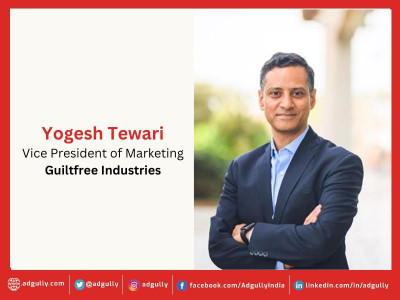

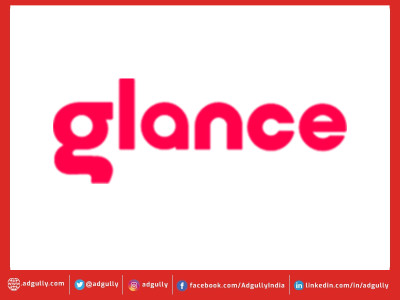
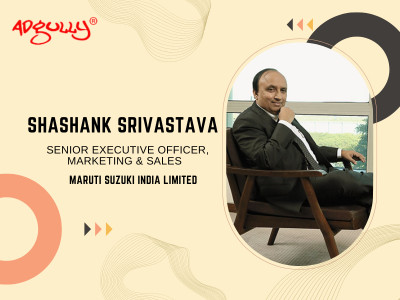
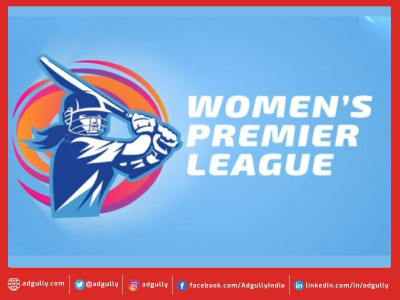
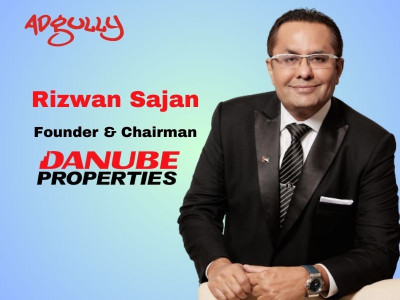
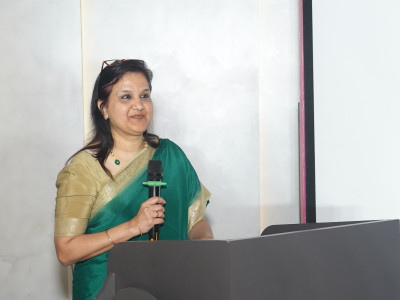

Share
Facebook
YouTube
Tweet
Twitter
LinkedIn